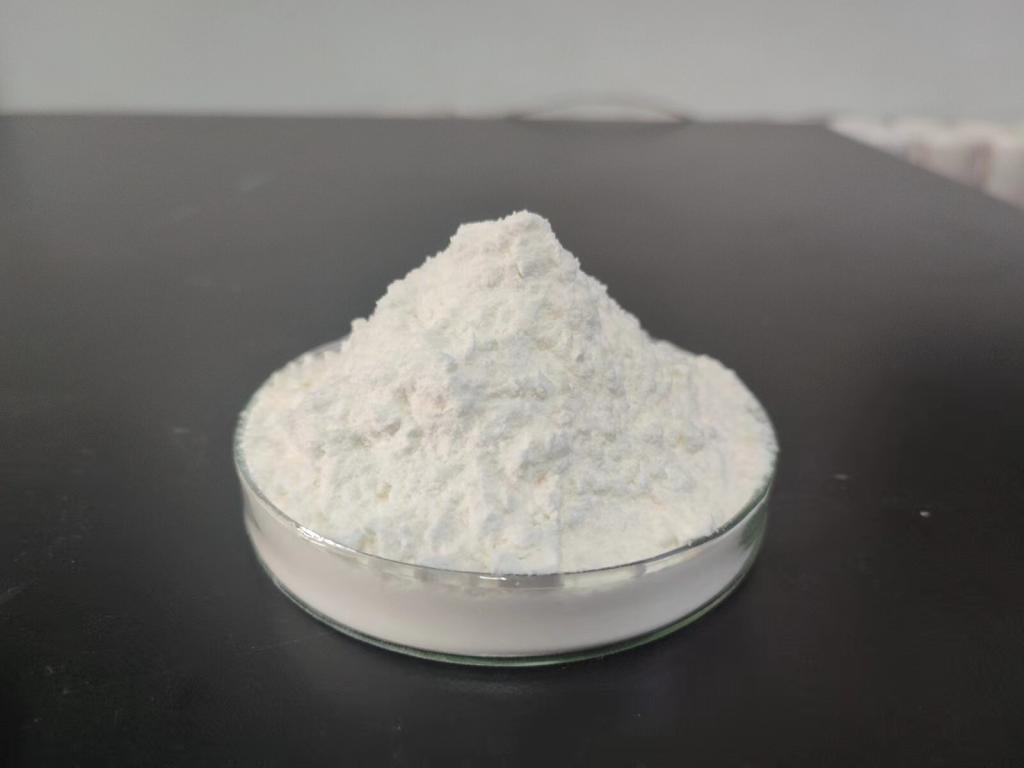Tel:+8618231198596

News
 CONTACT
CONTACT
 CONTACT
CONTACT
- Linkman:Linda Yao
- Tel: +8618231198596
- Email:linda.yao@dcpharma.cn
- Linkman:CHARLES.WANG
- Department:Overseas
- Tel: 0086 0311-85537378 0086 0311-85539701
News
Current Position:
Home >
News
>ε-Polylysine Hydrochloride: Bridging the Gap in Antibacterial Research.
ε-Polylysine Hydrochloride: Bridging the Gap in Antibacterial Research.
TIME:2024-05-29
Structure and Mechanism of Action:
ε-Polylysine hydrochloride is a homopolymer of L-lysine linked by peptide bonds. It possesses a linear chain structure with multiple positively charged amino groups, rendering it amphiphilic and capable of interacting with bacterial membranes. The mechanism of action of ε-PL involves electrostatic interactions with negatively charged bacterial membranes, leading to membrane disruption, permeabilization, and leakage of intracellular contents. Additionally, ε-PL may interfere with essential cellular processes, such as protein synthesis and cell wall biosynthesis, ultimately resulting in bacterial cell death.
Antimicrobial Spectrum and Efficacy:
One of the key advantages of ε-PL hydrochloride is its broad-spectrum antimicrobial activity against various bacteria, including Gram-positive and Gram-negative pathogens, as well as fungi and yeasts. Studies have demonstrated the efficacy of ε-PL against clinically relevant bacteria such as Staphylococcus aureus, Escherichia coli, Pseudomonas aeruginosa, and Candida albicans. Furthermore, ε-PL exhibits rapid bactericidal activity and low propensity for inducing resistance, making it a promising alternative to conventional antibiotics.
Applications Across Industries:
ε-Polylysine hydrochloride finds applications across diverse industries, including food and beverage, pharmaceuticals, cosmetics, and agriculture, owing to its antimicrobial properties and safety profile. In the food industry, ε-PL serves as a natural preservative for inhibiting bacterial growth and extending the shelf life of perishable products. In pharmaceuticals and cosmetics, ε-PL is used for its antimicrobial and antifungal properties in topical formulations, oral care products, and personal care items. Additionally, ε-PL has potential applications in agricultural settings for controlling plant pathogens and enhancing crop yield.
Potential as a Therapeutic Agent:
Beyond its applications in various industries, ε-PL hydrochloride holds promise as a therapeutic agent for treating bacterial infections. Preclinical studies have demonstrated the efficacy of ε-PL against multidrug-resistant bacteria and biofilm-forming pathogens. Furthermore, ε-PL exhibits low cytotoxicity towards mammalian cells and minimal adverse effects, making it a safe and well-tolerated therapeutic option. Clinical trials are warranted to further evaluate the efficacy and safety of ε-PL in human patients and explore its potential as a novel antibiotic therapy.
Current Research Landscape:
The current research landscape on ε-PL hydrochloride encompasses both fundamental studies elucidating its mechanism of action and applied research investigating its applications in various contexts. Researchers are exploring innovative formulation strategies, such as nanoparticles and coatings, to enhance the delivery and efficacy of ε-PL in different settings. Moreover, efforts are underway to evaluate the synergistic effects of ε-PL in combination with existing antibiotics and antimicrobial agents to combat antibiotic-resistant bacteria effectively.
Challenges and Future Directions:
Despite its promising attributes, several challenges need to be addressed to fully harness the potential of ε-PL hydrochloride in antibacterial research and therapeutic applications. These include optimizing formulation parameters, scaling up production, elucidating pharmacokinetics and pharmacodynamics, and addressing regulatory considerations for clinical use. Collaborative efforts between academia, industry, and regulatory agencies are essential to overcome these challenges and accelerate the translation of ε-PL from bench to bedside.
Conclusion:
ε-Polylysine hydrochloride represents a promising avenue in antibacterial research, offering a natural and effective alternative to conventional antibiotics. Its broad-spectrum antimicrobial activity, low propensity for inducing resistance, and safety profile make it a valuable asset in combating antibiotic-resistant bacteria and addressing the challenges of infectious diseases. By furthering our understanding of its mechanism of action, optimizing its applications across industries, and advancing its therapeutic potential, ε-PL hydrochloride has the potential to bridge the gap in antibacterial research and contribute to the development of innovative antimicrobial therapies.
- Tel:+8618231198596
- Whatsapp:18231198596
- Chat With Skype







